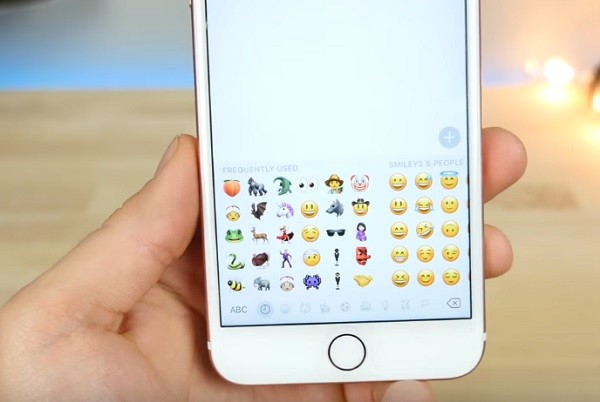Luca Todesco's Yalu102 jailbreak tool is out and ready to download, and install if one is brave enough. While the solution remains in beta, jailbreak fans are welcome to test drive Yalu102 on their iPhone 6S, iPhone 6S Plus, iPhone SE and the iPad Pro. Soon enough, all 64-bit iOS devices will be supported, the iPhone 7 series including.
According to iDownloadBlog.com, "all 64-bit devices will be supported eventually," somehow indicating that the iPhone 6 and iPhone 5S will soon be able to accommodate Yalu102. When is this happening, Todesco is yet to indicate but to be sure his beta work will move to the finalized version soon.
There are a few requirements to install the jailbreak that is based on iOS 10.2. Users will need to download Cydia Impactor (found here), which is crucial part of the install process, and Yalu102 itself (found on Todesco's official site here). Then one has to get a PC, a Mac or a Linux equivalent or both to make the jailbreak work.
But before the actual installation, it's important to check that the iOS devices mentioned above are running iOS 10.2 and if that is not the case then the next direction to head to is downgrade (for those who recently got iOS 10.2.1 from Apple) or upgrade, which applies for those who opted to stick iOS 10.1.1 or still using the earlier jailbreak tools from Todesco and Team Pangu.
Luckily, the downgrade or upgrade path is quite easy, thanks to the guide provided by iDB on the subject. The tutorial serves as the key to Yalu102 and specifically applies for devices not running iOS 10.2. As the same report underscored, moving back or up to 10.2 will allow jailbreaking to happen now and in future iterations.
And one will only need the device to be jailbroken, the iOS 10.2 IPSW file (that can be obtained here) and a PC or Mac with the latest version of iTunes. Then it's a go for the process with the step-by-step guide that is courtesy of iDB.
When done with the move to iOS 10.2 then on to the Yalu102 install. A guide from iDB on the matter can be viewed here but for those who prefer a video tutorial, the clip from YouTube channel iCrackUriDevice should suit their taste. The video found below is pretty straightforward, thus easy to follow.



























